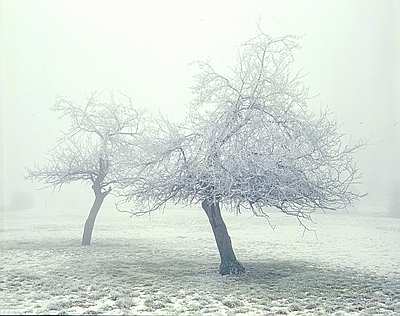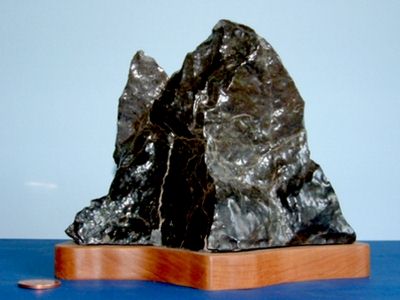
Miscellaneous
Planting for the Future
Kingston Lacey Beech
Dingestow Oak
Yews
Much Marcle Yew
Bettws Newydd Yew
Wye Valley Chestnuts
Sticks & Stones
Suiseki
Dyffryn Garden Maples
Planting for the Future - a Tree Story
Here is a story I heard from a carpenter in Cardiff. He had
been working on a job restoring a 400 year old university
building with great oak beams in the main hall. After 400
years the beams had been attacked by beetle and needed
replacing, but the problem was where to find suitable
timber. Then it was realized that the University also owned
land on which were planted exactly the oak trees which were
required for the replacement of the beams, and although
nobody knew the reason why, these trees had been protected,
so that no-one had been allowed to cut them down or use the
timber for any other purpose. The trees were then used for
the purpose for which they were intended, and new acorns
planted, so that the beams could again be replaced in 400
years at the end of their natural life.
Forward planning?
This is an avenue of magnificent beech on the B 3082, near
Badbury Rings, and leading to the Kingston Lacy estate,
which was the home for over 300 years of the Bankes family,
who bought both Corfe Castle and Kingston Lacy in the 1630s.
It is now owned by the National trust, but the avenue of
beech forms part of the attractive approach to Wimborne
Minster. The trees are widely spaced on both sides of the
road for about one mile and there is another row of young
beech planted on both sides, outside the avenue for the
future.
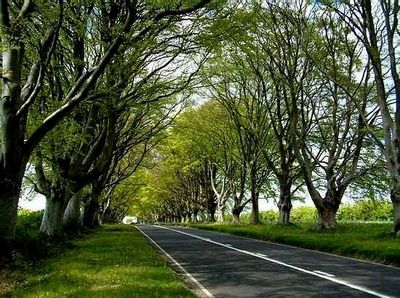
An oak tree was traditionally planted in the centre of a
field, to provide shelter for the animals, and also for the
acorns to provide food for the pigs. Here is an oak tree of
great age, at Dingestow, OS grid ref: 459 100
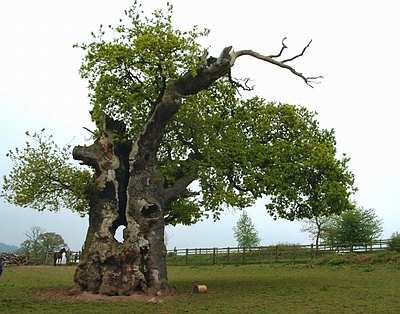
There are many legends surrounding yew trees, which can live
to a great age. After the Norman Conquest a spate of church
building led to the planting of many churchyard yews. Some
still thrive today, although over 900 years old. The yew
trees were usually planted in a deliberate manner: one
beside the path leading from the funeral gateway of the
churchyard to the main door of the church, and the other
beside the path leading to the lesser doorway. The remains
of Anglo-Saxon churches also suggest that the early English
planted yews in a circle around the church, which was
usually built upon a central mound. I also read some time
ago, that the very earliest trees were planted on the north
side of churches, and that one can tell the age of the
trees, by the position relative to the church.
The yew's reputation for long life is due to the unique way
in which the tree grows. Its branches grow down into the
ground to form new stems, which then rise up around the old
central growth as separate but linked trunks. After a time,
they cannot be distinguished from the original tree. So the
yew has always been a symbol of death and rebirth, the new
that springs out of the old.
This is a fine old yew in Much Marcle churchyard, grid ref:
658 328, just off the A449, from Ross to Ledbury, in
Herefordshire.
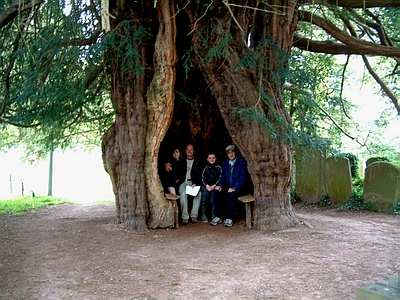
Bettws Newydd Yew
One of the oldest yews in Wales - A new trunk
has formed in the centre, and the outer part is
now sculpted by the elements.
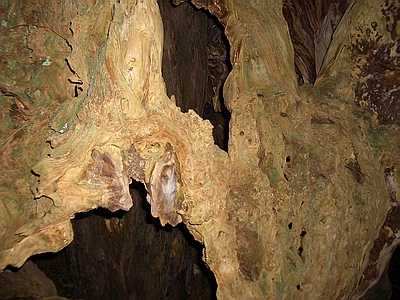
Wye Valley Chestnuts
Here is a row of approximately 20 remarkable
Sweet Chestnut trees of great age.
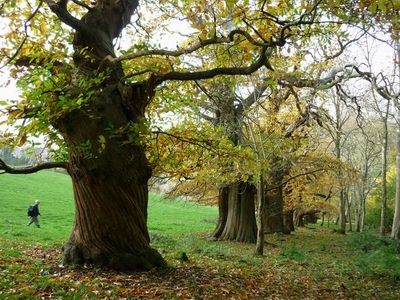
Some have died and others show signs of falling
apart, but many are still growing strongly.
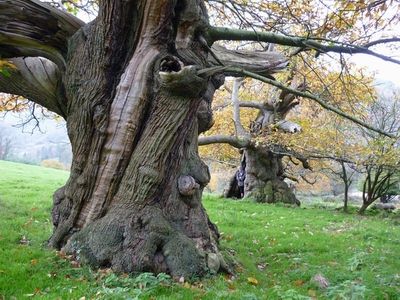
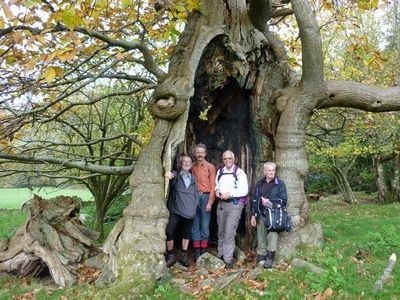
Sticks & Stones
This is a collection of photographs by Al
Campbell, loosely related to bonsai, but
definitely related to an aesthetic appreciation
of nature.
A collection of personal stones
This is one of the maples in Dyffryn Gardens,
Vale of Glamorgan, which is thought to be one of
the bonsai in the Cory Collection, one of the
earliest bonsai collections in the UK. The
collection disappeared, but this maple is very
likely one of the early bonsai.
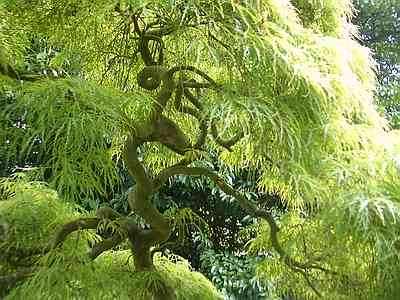
Situated in Cardiff, South Wales, UK
Tel: 02920 484892 - 07974 390004
